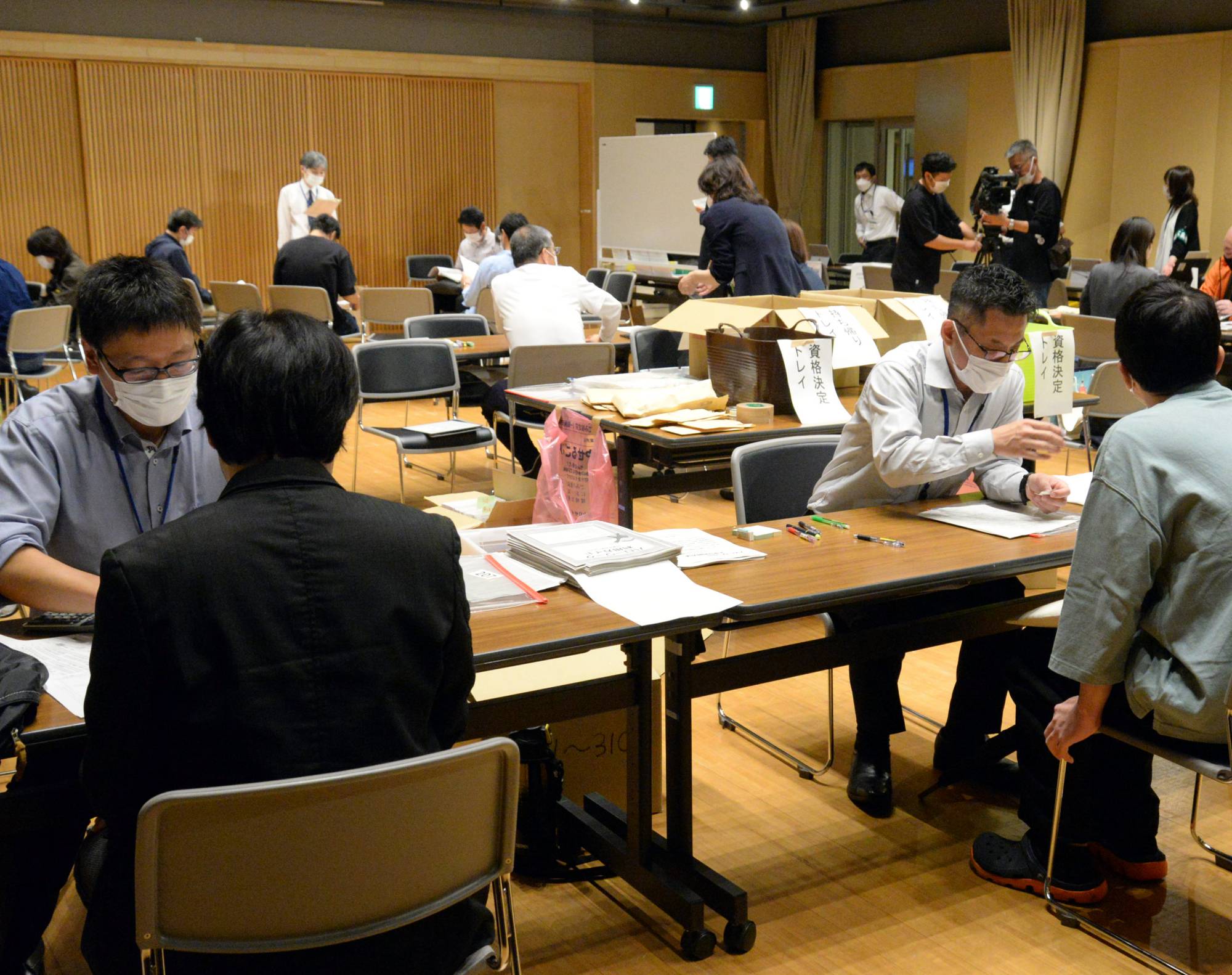Ten years have passed since U.S. semiconductor giant Micron Technology bought Japan’s bankrupt Elpida Memory.
While Micron has announced investment of up to ¥500 billion in Japan, it has also proceeded with large-scale job cuts at its Hiroshima plant in the city of Higashihiroshima. The local community, which has embarked on human resource development through an industry-academia-government collaboration, is closely watching whether the chip industry will become a new pillar of support for the local economy.
















With your current subscription plan you can comment on stories. However, before writing your first comment, please create a display name in the Profile section of your subscriber account page.